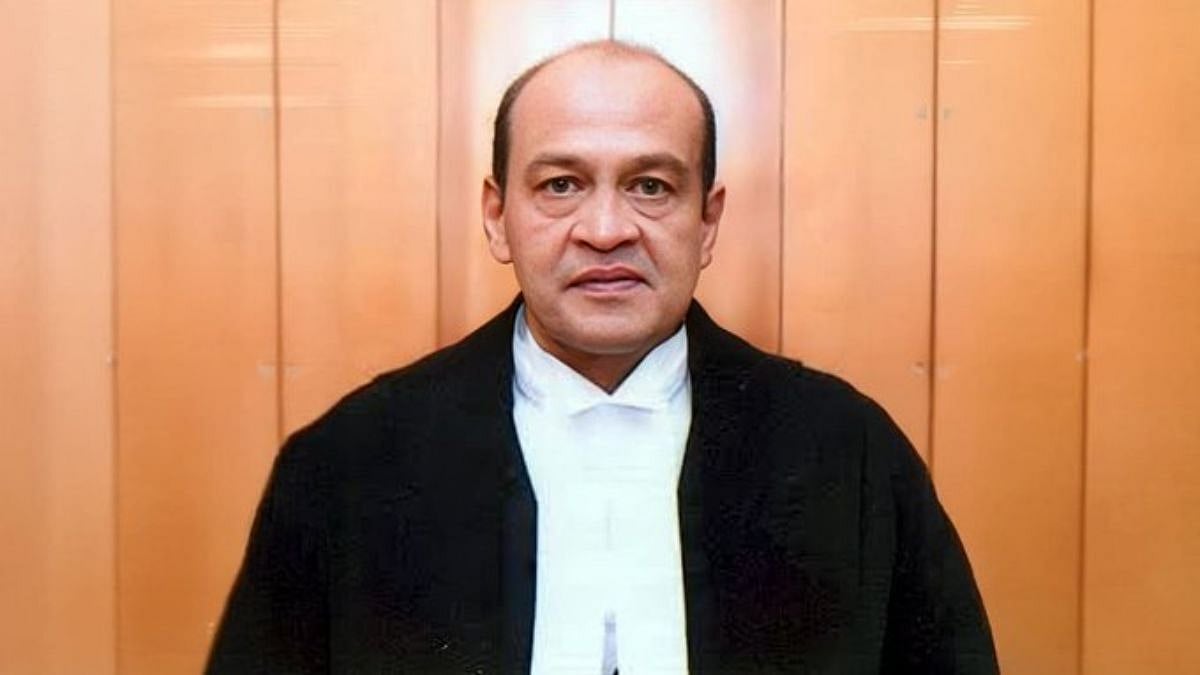The recent controversy surrounding Justice Yashwant Varma, a sitting judge of the Delhi High Court, has thrust the Indian judiciary into an uncomfortable spotlight. Following a fire at his official residence on March 14, 2025, reports emerged of a significant amount of unaccounted cash being discovered, sparking widespread debate about judicial integrity and accountability.
While the judge has denied any wrongdoing, calling it a conspiracy to malign him, the incident has reignited calls for systemic reforms to ensure transparency within India’s judiciary. Here are five critical points underscoring why this case highlights the urgent need for accountability in the judicial system.
The judiciary in India is often hailed as the last bastion of justice, a pillar of democracy that commands rare public confidence. However, the discovery of allegedly large sums of cash at a judge’s residence—whether substantiated or not—strikes at the heart of this trust.
Reports indicate that the incident, coupled with the Supreme Court’s initial response of transferring Justice Varma to the Allahabad High Court, has left citizens questioning whether the system protects its own rather than upholds justice.
Legal experts have argued that such incidents fuel perceptions of impunity, especially when the judiciary opts for internal enquiries over transparent investigations. Without clear answers about the origins of the cash or the circumstances of the fire, the public is left to speculate, further eroding faith in an institution meant to exemplify integrity.
The Supreme Court’s decision to transfer Justice Varma to his parent court in Allahabad, rather than initiating a more robust investigation, has drawn sharp criticism. A three-member committee was later formed to probe the allegations, and judicial work was withdrawn from the judge, but many see these steps as belated and insufficient.
Critics, including senior legal voices, have pointed out that transferring a judge facing such serious allegations does little to address the root issue—it merely shifts the problem elsewhere. The Allahabad High Court Bar Association’s vehement opposition, labelling their court as not a “dumping ground”, underscores the perception that this move sidesteps accountability rather than enforcing it.
This case highlights a broader pattern where internal mechanisms, such as in-house enquiries, are preferred over external scrutiny, raising questions about their effectiveness in delivering justice.
India’s judicial history offers few instances of sitting judges facing formal consequences for misconduct. Allegations against judges have typically been resolved through resignation or internal handling, rather than criminal prosecution or public accountability. Legal analyses point out that only a handful of impeachment motions have been initiated, with none resulting in conviction.
This precedent creates a shield of inviolability around judges, making it difficult to address corruption or malfeasance head-on. In the Justice Varma case, the lack of immediate suspension or a transparent probe aligns with this trend, suggesting that the judiciary struggles to confront its own vulnerabilities.
The contrast with how politicians or bureaucrats are swiftly targeted for similar allegations amplifies the need for a consistent standard of accountability across all public offices.
The controversy has reignited debates about the collegium system, which governs judicial appointments and transfers in India. Critics argue that the lack of transparency in how judges are selected and disciplined contributes to systemic flaws.
In this instance, the Supreme Court collegium’s swift decision to transfer Justice Varma—followed by a clarification that it was unrelated to the cash allegations—has fuelled speculation about behind-the-scenes manoeuvring. Legal scholars and political figures have called for reforms to make the appointment process more open and rigorous, ensuring that only individuals of impeccable character ascend to the bench.
The Justice Varma case serves as a stark reminder that without such reforms, the judiciary risks harbouring individuals whose actions could undermine its credibility.
Ultimately, the Justice Varma saga underscores the pressing need for institutional mechanisms to ensure judicial accountability without compromising independence. Proposals like bringing the judiciary under the Right to Information Act or establishing a stronger oversight body have been debated for years, yet little progress has been made.
The current system, reliant on self-regulation and rare impeachment proceedings, is ill-equipped to handle allegations of this magnitude. Legal experts have suggested that suspending judicial duties pending a thorough investigation, coupled with public disclosure of findings, could set a new standard.
This case could be a turning point—if India’s judiciary seizes the opportunity to implement reforms that balance independence with accountability, it might restore public faith and strengthen its moral authority.
The Justice Yashwant Varma case is more than an isolated scandal; it is a litmus test for the Indian judiciary’s commitment to integrity. The allegations, the response, and the ensuing debate reveal deep-seated issues that cannot be brushed aside with transfers or internal probes.
For an institution tasked with upholding the rule of law, accountability must begin within its own ranks. Only through transparency, decisive action, and systemic reform can the judiciary reclaim its role as the conscience keeper of India’s democracy. The storeroom fire may have been extinguished, but the flames of public scrutiny continue to burn, demanding answers and action.
The author, a columnist and research scholar, teaches journalism at St. Xavier’s College (autonomous), Kolkata. His handle on X is @sayantan_gh. Views are personal.
